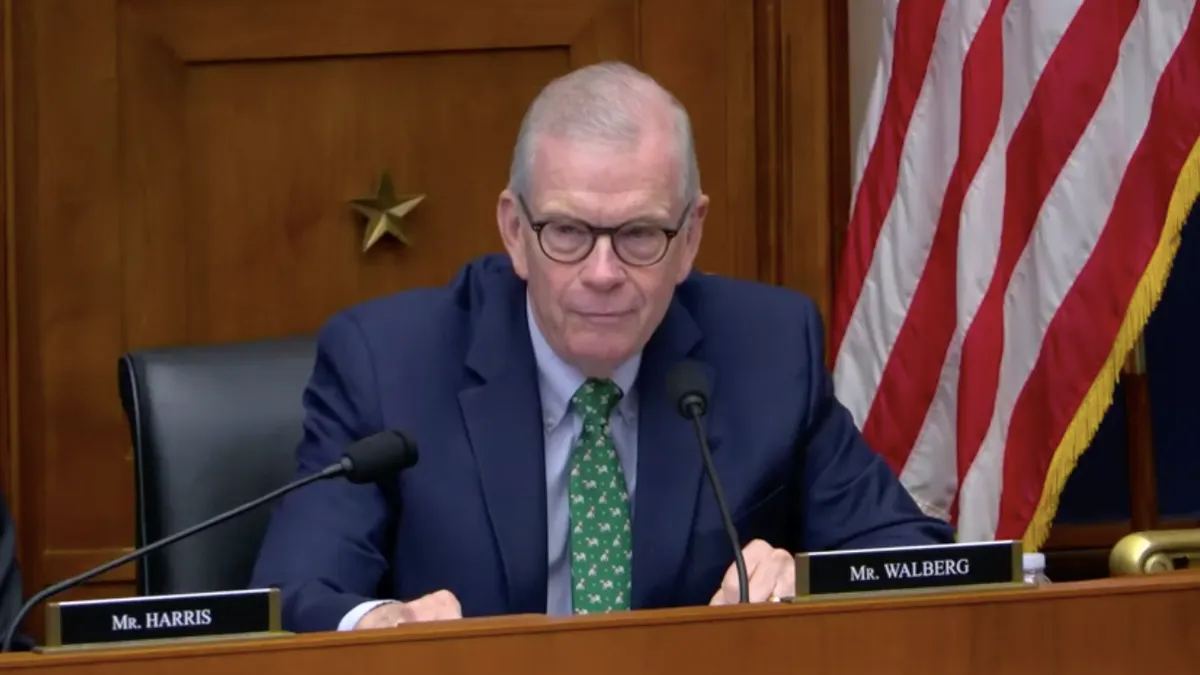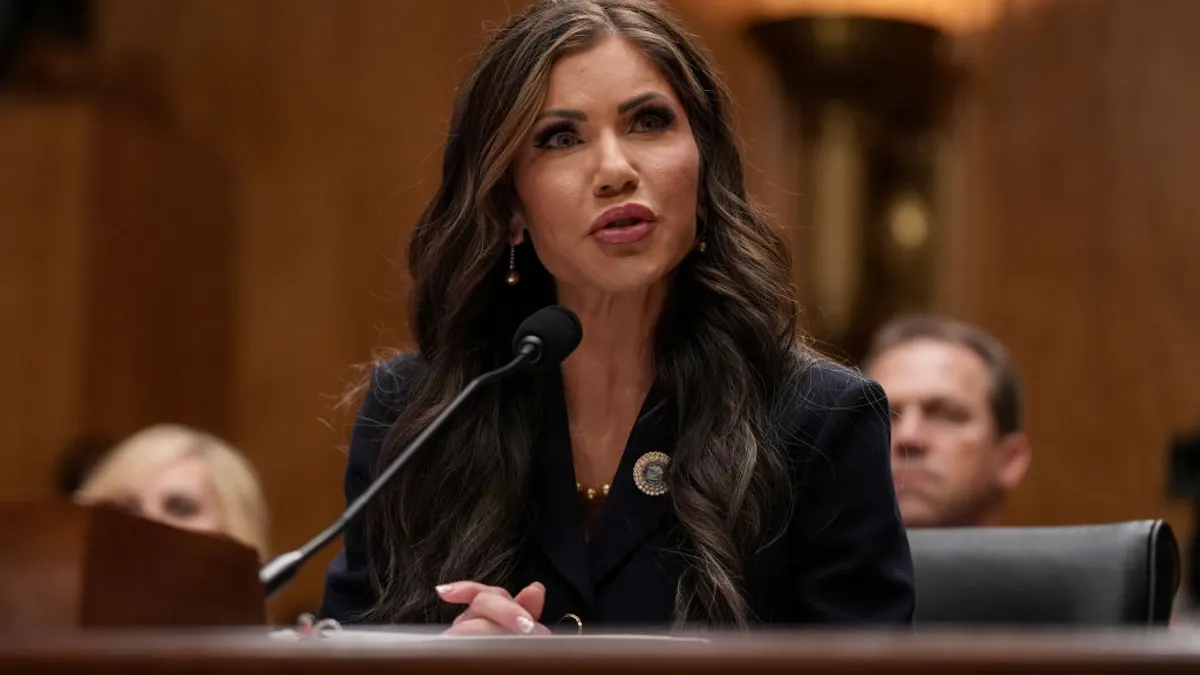It remains unknown whether school districts will see more litigation after the U.S. Supreme Court ruled last month that families of special education students could move forward with federal civil rights lawsuits before exhausting the less formal administrative process under the Individuals with Disabilities Education Act.
Some say the court's unanimous ruling makes it easier for parents to simultaneously seek relief for violations to IDEA and other civil rights laws, thereby making school systems more vulnerable to lawsuits. Still others believe there are no legal concerns as long as districts are following procedural safeguards for students with disabilities.
But experts representing various special education stakeholders, including school administrators, outline three steps school systems can take now to make sure they follow the intent of the ruling.
Alert parents when services are lacking
In the recently decided case, Perez v. Sturgis Public Schools, the justices focused on the adjudication process of a special education dispute. That dispute began when the family of Miguel Perez, a deaf student who attended Michigan’s Sturgis Public School District, sued the district saying they had been misled about their child’s ability to earn a regular high school diploma. He instead was awarded a certificate of completion.
Additionally, the family said Perez had unqualified aides who didn't support his individualized needs.
While both the family and school system — using the IDEA administrative process — agreed to a settlement that provided more schooling for Perez, the sides differed on what paths the family could take to seek other remedies, including monetary relief.
One important lesson here for districts is that if a student with an individualized education program is being served by an unqualified teacher or other service provider, school systems should let parents know, said Julie Weatherly, founder of Resolutions in Special Education, a consulting and legal services firm that advises school districts and other agencies on educating students with disabilities.
"If the district has truly — these were the allegations in Perez — unqualified staff providing services to students with disabilities, which might be a possibility these days considering the fact that we have significant staffing shortages across the country, I have been saying this over and over again: Let parents be the first to know that and make all good faith reasonable efforts to remedy the situation as soon as possible," Weatherly said, speaking during a March 30 webinar hosted by the Council of Administrators of Special Education.
In these situations, districts should invite parents to collaborate about solutions, said Weatherly, who emphasized she was sharing her personal opinion and that districts should contact their local attorneys for specific advice.
Don't conflate IEPs and Section 504 plans
Although the Perez decision didn't directly address the intersection of IDEA and Section 504 of the Rehabilitation Act of 1973, some experts say it raises the need for better understanding about the similarities and differences between the two laws. It also demands comprehension of other federal civil rights laws, such as the Americans with Disabilities Act, that may apply to students with disabilities.
Students can have an IEP, a Section 504 plan, or both. While either type of plan supports individual needs for students with disabilities, they have different aims. An IEP centers on educational benefits for a student, while Section 504 focuses on students' accommodations and access.
There is misunderstanding, however, of how Section 504 relates to the more familiar and more widely used IDEA system. The U.S. Department of Education is currently considering updating Section 504 rules, which have been largely unchanged for 45 years.
Weatherly said some people refer to Section 504 plans as consolation prizes when a student doesn't qualify for an IEP. That is, if students don't qualify for IDEA services or if parents reject special education services, school personnel may think it's in a student's best interest to instead automatically offer a Section 504 plan.
But it's always best, she said, to make decisions on whether students need an IEP, a Section 504 plan, or neither on an individual, case-by-case basis.
To decide if a Section 504 plan is appropriate, district personnel could ask:
- What would be included in the 504 plan?
- Will it provide the services the student actually needs to level the playing field?
- What support is the student already receiving in the general education program without an IEP or Section 504 plan?
William Goren, an attorney who publishes a blog titled "Understanding the ADA," said it's important going forward that the details in each plan match the intended purposes of each law.
"It's not unheard of for individual education plans to have what I would call 'Rehabilitation Act accommodations', and it's also not unheard of for this animal called a 504 plan to have specialized instruction, and all of that is a mistake now," said Goren.
"The idea of having two separate plans is that if something goes wrong on the 504, the plaintiff attorney and the school district know that you're going directly to court. And if something goes wrong on the IEP side, well, now you're going into the due process hearings," Goren said.
Participate in training
Several disability rights advocacy groups applauded the court's decision in statements shortly after the March 21 ruling.
The decision, "removes unnecessary burdens from families seeking relief and helps ensure that students with disabilities and their parents are able to pursue every avenue of justice available to them when their civil rights are violated," said Shira Wakschlag, senior director of legal advocacy and general counsel of The Arc, which advocates for the rights of people with intellectual and developmental disabilities.
Given the confusion around Section 504 services for students with disabilities and the court's decision in Perez, Goren recommends special education stakeholders participate in training sessions that clarify differences from the IDEA.
For school and district personnel, that training should occur at least yearly, he said.
Included could be a review of what free, appropriate public education means under the IDEA and under Section 504. "A FAPE under 504 has nothing to do with a FAPE under IDEA. It's two completely different things," Goren said.
Building knowledge about IDEA, Section, 504 and the ADA could benefit everyone involved, he said.
"You've got several laws all going on at once and so yeah, it is really complicated. It is really complicated for sure.”





















